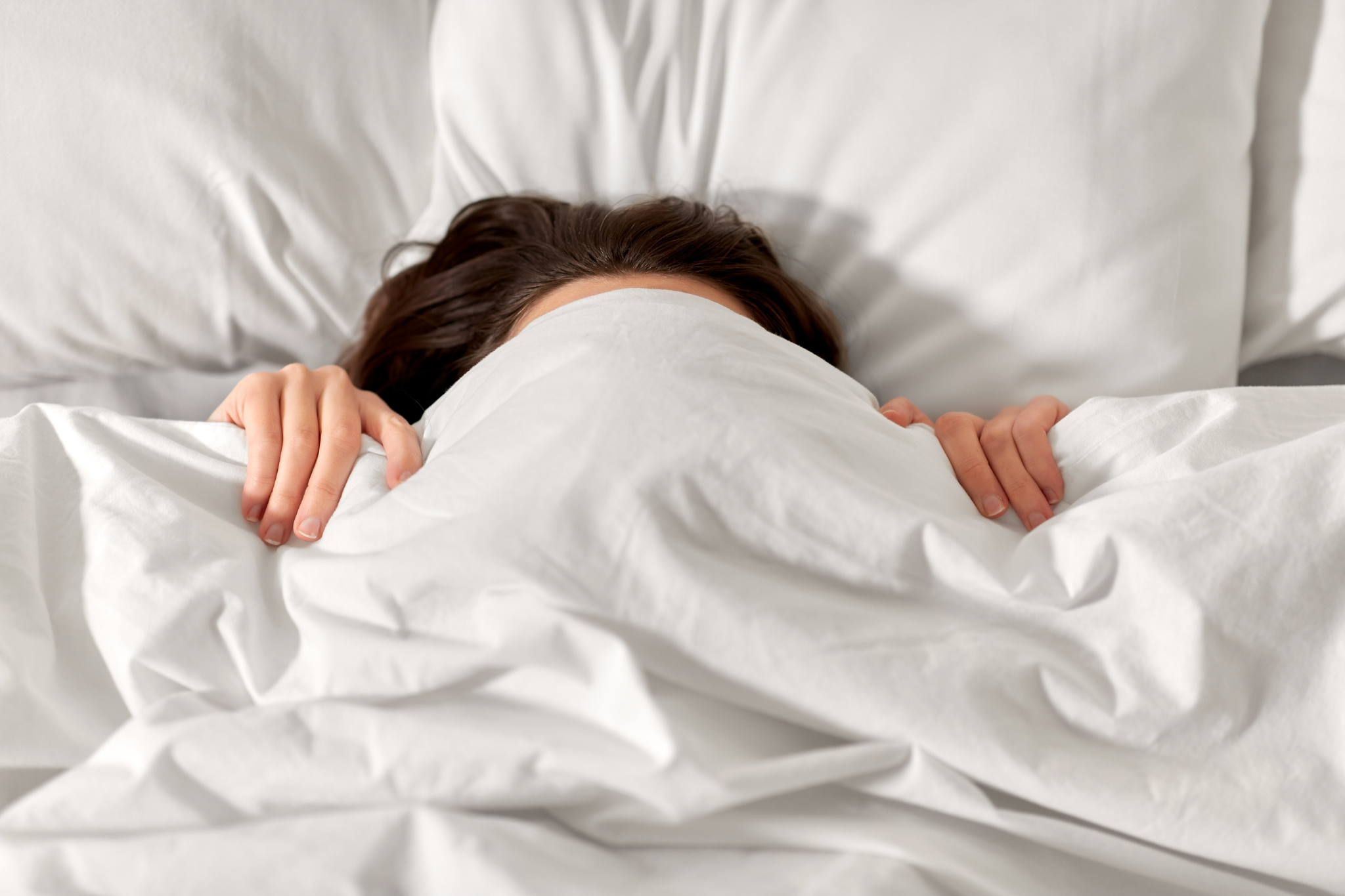Are you someone who finds that you wake up in a different position to the one you went to sleep in? Being fidgety or restless in your sleep can be the reason for this. Constant tossing and turning affects a large proportion of the population and can result in a reduced quality of sleep.

What causes you to be restless
There are a plethora of reasons why you may be a restless sleeper. In fact there are roughly 90 official sleep disorders that are associated with being restless in bed. With ever more research coming out, sleep problems are on the up and up. This is a short list of some of the common reasons for why you might toss and turn all night.
- Stress and anxiety
- Stimulants (caffeine) and sedatives (alcohol)
- Underlying medical conditions
- Imbalanced diets
Most of us can relate to these factors and how they can play a role in inhibiting a restful sleep. However, whilst these factors are mainly concerned with our biological state there is another crucial area that also needs to be addressed. That is what we are sleeping on and how we are sleeping.
What we’re sleeping on
Ask yourself, are you really a fidgety sleeper or is the lying surface you’re on not supporting you sufficiently?
Maybe you find your soft mattress is comfortable when you go to sleep, however, it could be the reason you’re needing to constantly shift position throughout the night.
That’s because your body requires a stable lying surface, one that provides you with pressure relief and postural management. Stability is crucial because;
- Often, mattresses like memory foam ones are sold on their pressure relieving qualities, but this alone will not provide you with sufficient stability. We’re not saying that you need to sleep on a rock – pressure relief is important, however it can’t be at the price of posture and stability.
- Reducing your chances of tossing and turning are very much related to the stability your mattress provides. A stable mattress provides the proprioceptive feedback (your body’s awareness of where it is in space) required for your body to feel secure in its surroundings.
- Without this, there is a constant need to readjust our position in order to feel grounded. Soft mattresses that don’t offer enough pressure and proprioceptive feedback can lead to musculoskeletal issues such as bad backs. It is pain from these areas that can cause you to be restless, forever trying to manoeuvre into a more pain free position.
How we are sleeping
So, you find that you’re waking up with your duvet on the floor and your legs on the pillow! Flipping between sleeping positions is common in restless sleepers.
As we’ve highlighted earlier, your lying surface may well be the reason behind this. However, what if your lying surface is sufficient and you still feel you’re constantly tossing and turning. Well, first things first.
Liberate yourself from the fact that you’re not going to sleep through the night perfectly. You’ll have to practise them as often as possible in order for them to become routine.
With that said even if you manage 15 minutes a night at first then that’s better than none. So here are some tips on the way to sleep in order to become less fidgety.
- If you’re a side sleeper place a pillow between your knees and ankles
- If you’re a back sleeper then put a pillow underneath your knees
- Make sure your you use a properly supported pillow in your size for your head

All of these pointers are ways to optimise your sleep posture, so that your muscles get a chance to properly relax and recover through the night.
Sleep posture is the position of your body at night coupled with the sleep surface you lie on. By taking these steps you are less likely to have aches and pains that cause restlessness throughout the night.






When not to use a pillow at all – and what to do instead
Fibreglass: hidden mattress danger